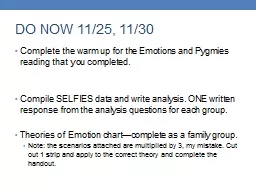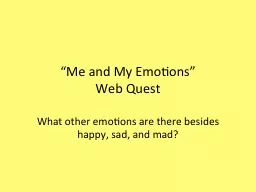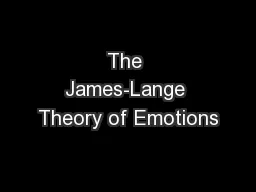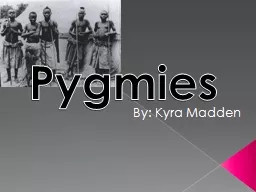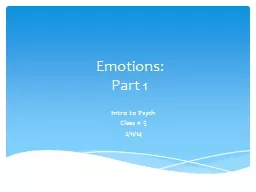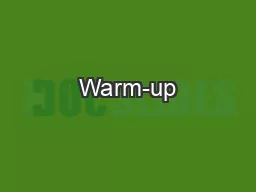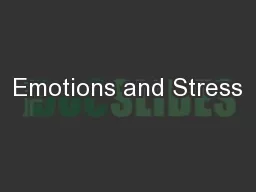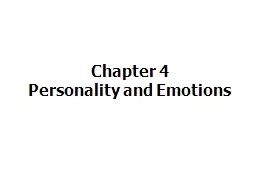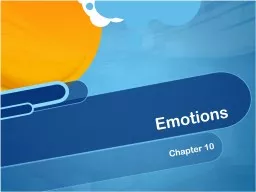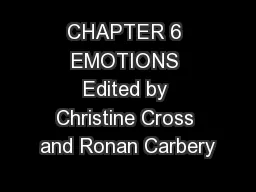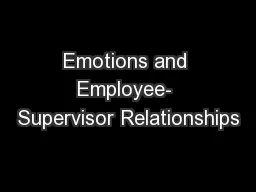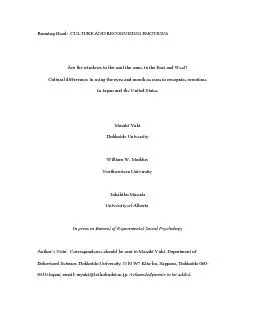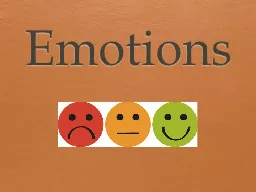PPT-DO NOW 11/25, 11/30 Complete the warm up for the Emotions and Pygmies reading that you
Author : calandra-battersby | Published Date : 2018-10-24
Compile SELFIES data and write analysis ONE written response from the analysis questions for each group Theories of Emotion chartcomplete as a family group Note
Presentation Embed Code
Download Presentation
Download Presentation The PPT/PDF document "DO NOW 11/25, 11/30 Complete the warm u..." is the property of its rightful owner. Permission is granted to download and print the materials on this website for personal, non-commercial use only, and to display it on your personal computer provided you do not modify the materials and that you retain all copyright notices contained in the materials. By downloading content from our website, you accept the terms of this agreement.
DO NOW 11/25, 11/30 Complete the warm up for the Emotions and Pygmies reading that you: Transcript
Download Rules Of Document
"DO NOW 11/25, 11/30 Complete the warm up for the Emotions and Pygmies reading that you"The content belongs to its owner. You may download and print it for personal use, without modification, and keep all copyright notices. By downloading, you agree to these terms.
Related Documents

